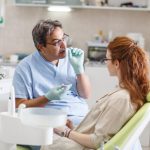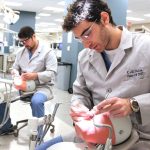1800s Dental Care: How Did People Brush Their Teeth?
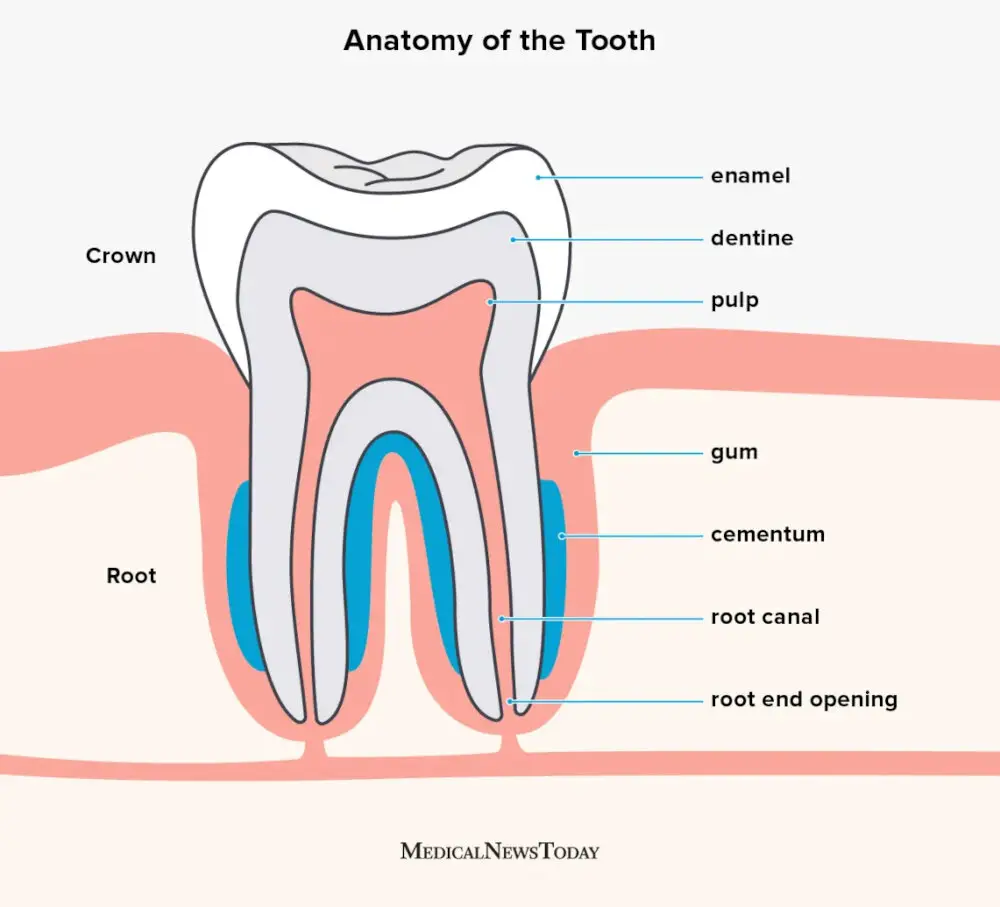
In the 1800s, dental hygiene was not a priority for most people. The importance of maintaining oral health was not widely recognized, and the tools and techniques used for dental care were primitive compared to those used today. In this era, people had to deal with toothaches, bad breath, and other dental problems without the modern dental care we have today. Despite the challenges, people found ways to keep their teeth clean and prevent tooth decay, and this article will explore how people in the 1800s brushed their teeth. The 1800s were a time of significant change in the world, and dental care was no exception. In this era, toothbrushes were not widely available, and people had to rely on alternative methods to keep their teeth clean. From using twigs and animal bones to brushing with salt and baking soda, people in the 1800s found creative ways to maintain their oral hygiene. While these methods may seem primitive by today’s standards, they were effective in preventing tooth decay and maintaining overall dental health. By learning about the dental care practices of the 1800s, we can gain a better appreciation for the advances in dental hygiene that we enjoy today.
Dental hygiene is essential for maintaining good oral health and preventing dental problems such as cavities, gum disease, and bad breath. Over time, dental hygiene has evolved from using primitive methods such as chewing on sticks, bones, and twigs to using modern tools such as toothbrushes, toothpaste, and floss. The introduction of fluoride in toothpaste has also helped prevent tooth decay. Moreover, regular dental checkups have become more accessible and affordable, allowing people to identify and treat dental problems before they become severe. Overall, the importance of dental hygiene cannot be overstated, and it is crucial to maintain good oral health to prevent potential health problems.
Dental Care in the 1800s
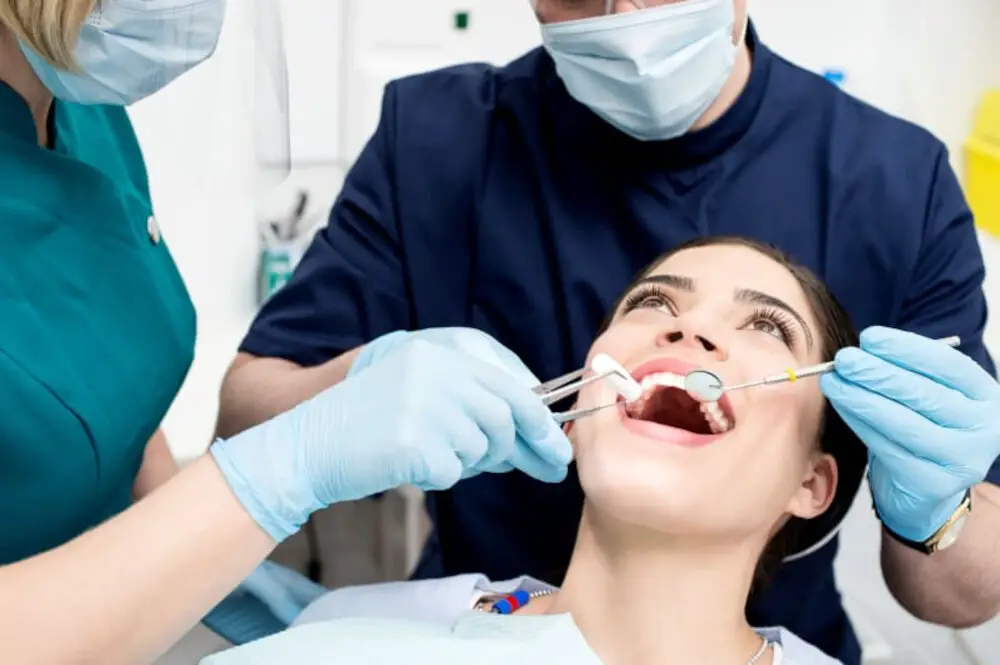
Dental care in the 1800s was a far cry from the modern practices we have today. Tooth decay was rampant, and the solutions were often painful and ineffective. The primary mode of dental treatment was extraction, as there were no fillings or crowns available. The extraction process was done using crude tools such as pliers and forceps, which often caused significant pain and damage to the surrounding teeth and gums. It was not uncommon for people to have multiple teeth removed in a single sitting, leaving them with gaps in their mouth and difficulty eating and speaking. As for brushing teeth, the concept was not as widespread as it is today. Toothbrushes were available, but they were expensive and made of animal hair, which was not very effective at removing plaque and debris. Most people used alternative methods, such as chewing on twigs or using abrasive powders made from crushed oyster shells or charcoal. This often caused damage to tooth enamel, which led to further decay and sensitivity. Overall, dental care in the 1800s was a painful and often futile endeavor, and it wasn’t until the introduction of modern dentistry that significant improvements were made in oral health.
Dental care in the 1800s was primitive compared to modern standards. Tooth decay, gum disease, and tooth loss were common dental problems due to poor oral hygiene, limited dental knowledge, and a high-sugar diet. The main treatment for dental problems was tooth extraction, which was usually performed without anesthesia. Other treatments included using mercury to fill cavities, which was later found to be toxic, and applying leeches to the gums to reduce inflammation. Toothbrushes were made of animal hair and toothpaste was commonly made of charcoal and chalk. Overall, dental care was limited and often painful, making it important to appreciate the advances made in modern dentistry.
In the 1800s, dental hygiene practices were virtually non-existent, and this had a profound effect on people’s oral health. Toothbrushes were not widely available, and those that were available were made from animal hair. Toothpaste was also not available, and people often used abrasive substances like charcoal, salt, or baking soda to clean their teeth. As a result, many people suffered from tooth decay, gum disease, and tooth loss. Additionally, there was a lack of understanding about the importance of dental hygiene practices, and many people simply did not prioritize their oral health. This led to a generation of people with poor oral health, something that would not be fully addressed until the modern era.
Toothbrushes in the 1800s
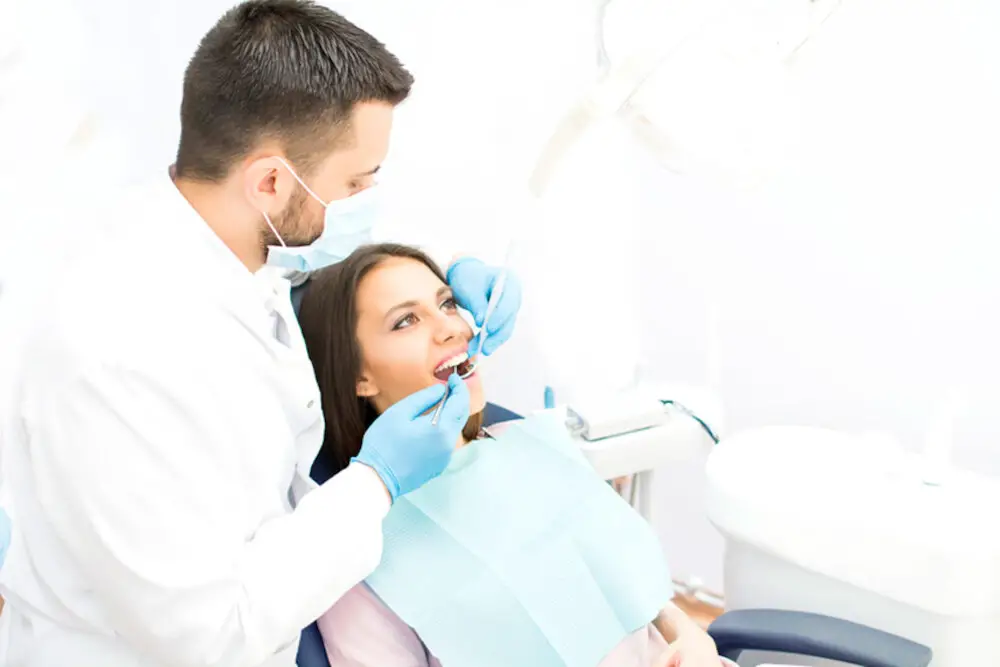
In the 1800s, toothbrushes were not widely used, and those who did use them often made them at home. Toothbrushes were made by tying together rough animal hairs, such as those from pigs, to a stick or bone handle. The bristles were often too harsh and caused damage to the teeth and gums. As a result, most people did not brush their teeth regularly, and dental hygiene was not a priority. Toothpaste was also not commonly used in the 1800s. Instead, people used a variety of abrasive powders, such as chalk or charcoal, to clean their teeth. These powders were mixed with water or vinegar to create a paste, which was then applied to the teeth with a cloth or a finger. Although these methods helped remove some plaque and food particles, they were not very effective at preventing tooth decay, and many people suffered from painful dental problems. Overall, dental care in the 1800s was primitive and inadequate, and it was not until the 1900s that significant advances were made in dental hygiene and treatment.
Toothbrushes available in the 1800s were vastly different from the modern-day toothbrushes we use today. The handles were typically made of bone or ivory and the bristles were made of natural fibers, such as animal hair or plant fibers. The design of the toothbrushes was also quite primitive, with the bristles being attached to the handle with wire or string. The effectiveness of these toothbrushes was limited as the bristles were often too harsh and could damage the enamel of the teeth. Additionally, toothpaste was not widely used during this time, so brushing alone was not enough to effectively clean teeth.
The 1800s saw a significant shift in toothbrush technology, with notable inventors and innovations emerging during this time. In 1857, H. N. Wadsworth patented the first toothbrush with bristles made from animal hair, which was a significant improvement from the previous toothbrushes made from boar bristles. Another notable inventor was William Addis, who created the first mass-produced toothbrush in 1780. The toothbrush featured a bone handle and boar bristles, and it was an instant success. In 1885, the first electric toothbrush was patented by Dr. Scott, which paved the way for modern electric toothbrushes. These inventions and innovations revolutionized dental care, making it more accessible and effective for people around the world.
Toothpaste and Mouthwashes in the 1800s
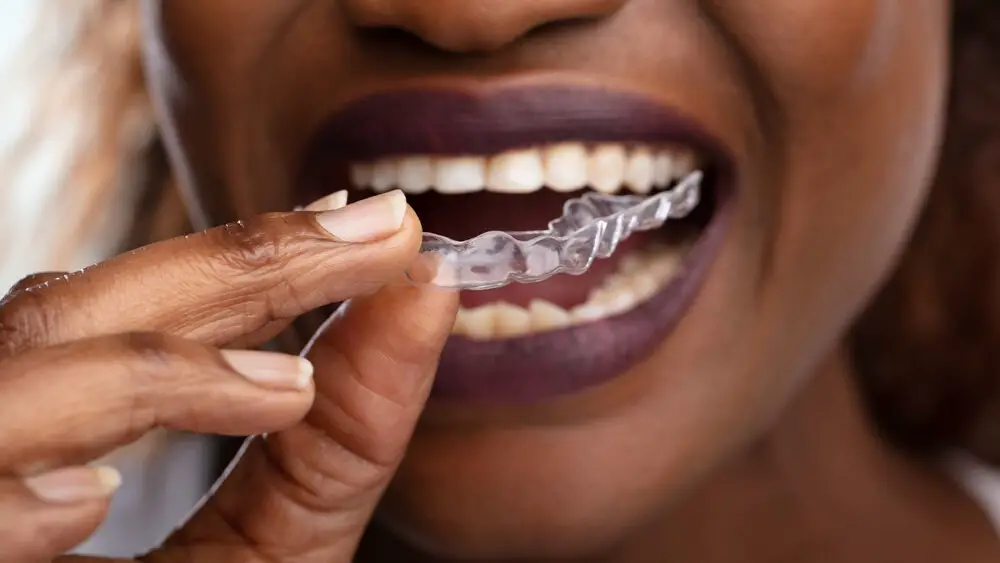
Toothpaste and mouthwashes in the 1800s were a far cry from the advanced dental care products that we use today. Before the invention of modern toothpaste, people used a variety of substances to clean their teeth, including charcoal, crushed bones, and even earwax! Toothpaste as we know it today did not become widely available until the 1850s, when Dr. Washington Sheffield began producing a toothpaste that contained soap and chalk. This toothpaste was marketed as a powder and had to be mixed with water before use. Other popular toothpaste ingredients in the 1800s included salt, baking soda, and even tobacco. In addition to toothpaste, mouthwashes were also used to freshen breath and kill bacteria in the mouth. People in the 1800s often used homemade mouthwashes made from vinegar, salt, and water, or even just plain water. However, some mouthwashes contained ingredients that were harmful to teeth and gums, such as alcohol and lead. Despite the limitations of dental care products in the 1800s, people still recognized the importance of oral hygiene and did their best to keep their teeth and mouths clean.
In the 1800s, toothpaste and mouthwashes were available in limited varieties, and their ingredients were quite different from today’s oral care products. Toothpaste was usually made of chalk, charcoal, or soap, mixed with essential oils such as peppermint or cinnamon to mask bad breath. However, due to its abrasive nature, toothpaste was not very effective in cleaning teeth and often damaged the enamel. Mouthwashes were also made from alcohol, vinegar, or saltwater and were used primarily to freshen breath rather than kill bacteria. While these products were a significant improvement over previous dental care methods, they were not as effective as modern-day dental products.
During the 1800s, dental hygiene was a far cry from what it is today. However, some notable inventors and innovations during this time paved the way for modern toothpaste and mouthwash technology. In 1824, a dentist named Peabody introduced the first commercial toothpaste in the United States, which was initially sold in jars. Later in 1873, Colgate introduced their toothpaste products in tubes that we still use today. In the 1890s, Listerine was developed as an antiseptic surgical agent, but it was later marketed as a mouthwash in 1914. These innovations in toothpaste and mouthwash technology during the 1800s played a significant role in improving dental hygiene practices and paved the way for modern dental care.
Other Dental Hygiene Practices in the 1800s

In addition to the use of tooth powders and mouthwashes, people in the 1800s had a few other dental hygiene practices. One of these was the use of chewing sticks. Chewing sticks were made from twigs of particular trees, such as the licorice tree or the neem tree. These twigs were chewed on one end until it became frayed, and then the frayed end was used to clean the teeth. Chewing sticks were believed to have antibacterial properties and were also thought to freshen the breath. This practice was common in many cultures, including African, Middle Eastern, and Native American cultures. Another dental hygiene practice in the 1800s was the use of dental floss. However, this was not the same type of dental floss that we use today. Instead, people would use horsehair or silk thread to clean between their teeth. While this may seem unhygienic to us today, it was a significant improvement from not cleaning between teeth at all. It is also worth noting that dental floss was not widely used until the early 1900s, so those who did use it in the 1800s were ahead of their time in terms of dental hygiene practices.
In the 1800s, dental hygiene practices were limited compared to what we have today. People used various methods to clean their teeth and maintain oral hygiene, including flossing, tongue scraping, and oil pulling. Flossing involved using a string or silk thread to remove food particles and plaque from between the teeth. Tongue scraping was done using a tongue scraper made of metal or ivory to remove bacteria and debris from the tongue’s surface. Oil pulling was another technique that involved swishing oil in the mouth for several minutes to remove toxins and improve oral health. While these practices were not as advanced as modern dental care, they were still effective in promoting oral hygiene and preventing dental problems.
The dental care practices of the 1800s were far from effective, as they relied on rudimentary tools and techniques. Toothbrushes were often made of animal hair or rough bristles, and toothpaste was made from materials like chalk or charcoal. These methods were not effective in removing plaque and preventing tooth decay. Additionally, many people did not prioritize oral hygiene, leading to widespread dental issues. Today, dental care has greatly advanced, with modern toothbrushes, toothpaste, and dental procedures being much more effective. However, some of the principles of 1800s dental care, such as regular brushing and flossing, still remain important today.
The article \1800s Dental Care: How Did People Brush Their Teeth\ explores how dental hygiene practices have evolved since the 1800s. In the early 1800s, people used a variety of methods to clean their teeth, including rubbing them with rough cloths and using chewing sticks made from twigs. The first toothbrush was invented in the late 1700s, but it wasn’t until the 1800s that toothbrushes became more widely available. By the mid-1800s, toothpaste had been developed, and it was made from a variety of ingredients, including chalk and soap. Dental hygiene practices continued to evolve throughout the 1900s, with the introduction of electric toothbrushes, fluoride toothpaste, and other advanced dental technologies. Today, dental hygiene is an important part of overall health and wellness, and regular brushing, flossing, and dental checkups are recommended for maintaining healthy teeth and gums.
Good dental hygiene is crucial for maintaining healthy teeth and gums. Neglecting oral care can lead to serious dental problems such as cavities, gum disease, and tooth loss. It’s essential to brush your teeth twice a day with fluoride toothpaste and floss daily to remove plaque and food particles from between your teeth. Additionally, regular dental check-ups can help detect any potential issues early on and prevent them from worsening. Taking care of your teeth not only ensures a beautiful smile but also contributes to your overall health and well-being. Don’t let the practices of the 1800s deter you from taking good care of your teeth today!
Conclusion
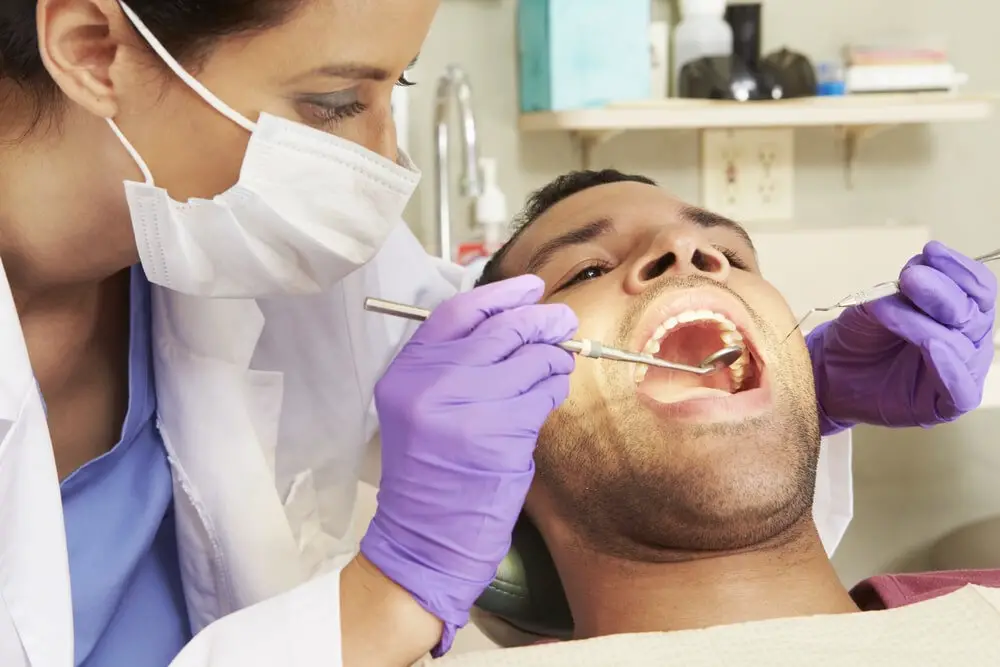
In conclusion, dental care in the 1800s was a far cry from what we know and practice today. People had to rely on rudimentary tools and homemade remedies to keep their teeth and gums healthy. Toothbrushes made of animal hair or twigs, combined with abrasive powders like baking soda or charcoal, were the norm. The lack of proper dental hygiene, along with a sugary and acidic diet, led to rampant tooth decay and gum disease. Fortunately, we have come a long way since then, with modern dentistry and oral care products that make it easier than ever to maintain good oral health. It’s important to remember our dental history to appreciate the advancements we enjoy today and to continue to strive for better dental health in the future.





